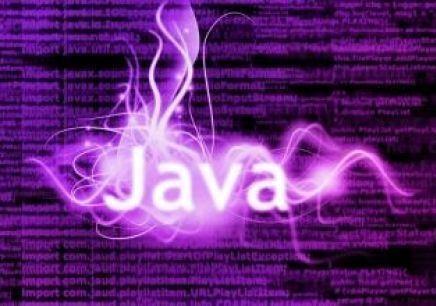C语言(C programming language)是一种通用的、过程式的编程语言,它广泛应用于系统软件、嵌入式软件以及一些高级应用软件的编写。C语言由Dennis Ritchie于1972年设计,并在贝尔实验室开发,最初是为了编写Unix操作系统而设计的。C语言具有高效、灵活和可移植性强的特点,这使得它在软件开发领域得到了广泛的应用。
C语言的特点包括:
1. 简洁性:C语言语法相对简单,易于学习和理解。2. 高效性:C语言允许程序员直接访问硬件资源,这使得它能够编写出高效、快速的代码。3. 可移植性:C语言编写的程序可以在不同的平台上运行,只要该平台有相应的C语言编译器。4. 灵活性:C语言提供了丰富的数据类型和操作符,允许程序员根据需要灵活地设计程序。
C语言的基本语法包括变量声明、数据类型、运算符、控制结构(如if语句、循环语句)、函数等。C语言的标准库提供了大量的函数,用于处理输入输出、字符串操作、数学运算等。
学习C语言通常包括以下几个方面:
1. 基础知识:了解C语言的基本语法、数据类型、运算符等。2. 控制结构:学习如何使用if语句、循环语句等控制程序的执行流程。3. 函数:学习如何定义和使用函数,以及如何进行函数调用和参数传递。4. 数组:学习如何使用数组来存储和操作一系列数据。5. 指针:学习指针的概念、使用方法以及如何通过指针访问和修改内存中的数据。6. 结构体:学习如何定义和使用结构体来存储不同类型的数据。7. 文件操作:学习如何使用C语言进行文件的读写操作。8. 动态内存分配:学习如何使用malloc、calloc、free等函数进行动态内存分配和释放。
C语言是一种非常实用的编程语言,它不仅可以帮助程序员提高编程能力,还可以为学习其他高级编程语言打下坚实的基础。
Introduction to C Programming Language

C programming language, often referred to as C, is a widely-used programming language that was developed in the early 1970s. It is known for its efficiency, portability, and low-level access to system resources. C is a foundational language for many other programming languages and is still highly regarded in the industry for its robustness and performance.
History and Evolution

Created by Dennis Ritchie at Bell Labs, C was designed to be a system programming language that could be used to write operating systems and other system software. Its development was influenced by the B programming language, which itself was derived from BCPL. Over the years, C has evolved, with the introduction of C , C, and other languages that build upon its core concepts.
Key Features of C

C offers several key features that have contributed to its popularity:
Procedural Language: C is a procedural language, meaning that it is organized around procedures or functions. This makes it easier to understand and manage large programs.
Low-Level Access: C provides low-level access to memory and hardware, allowing for efficient programming and direct manipulation of system resources.
Portability: C programs can be compiled on different platforms with minimal changes, making it a versatile language for cross-platform development.
Efficiency: C is known for its high performance, which is crucial for applications that require fast execution, such as system software and embedded systems.
Rich Standard Library: C comes with a rich standard library that provides a wide range of functions for input/output, string manipulation, mathematical calculations, and more.
Basic Syntax and Structure
Understanding the basic syntax and structure of C is essential for any programmer. Here are some fundamental components:
Variables: Variables are used to store data in C. They must be declared with a specific data type, such as int, float, or char.
Control Structures: Control structures, such as if-else statements and loops (for, while, do-while), are used to control the flow of execution in a program.
Functions: Functions are blocks of code that perform specific tasks. They can be defined by the programmer and called from other parts of the program.
Pointers: Pointers are variables that store the memory address of another variable. They are a powerful feature of C that allows for efficient memory management and direct manipulation of data.
Applications of C
C is used in a wide range of applications, including:
Operating Systems: C is the primary language used for developing operating systems, such as Linux, Windows, and macOS.
System Software: C is used to write system software, such as compilers, assemblers, and debuggers.
Embedded Systems: C is commonly used in embedded systems, where performance and efficiency are critical.
Game Development: Many game engines are written in C, as it allows for high-performance graphics and physics simulations.
Networking: C is used in networking applications, such as routers and switches, due to its efficiency and low-level access to system resources.
Learning Resources
There are numerous resources available for learning C programming, including:
Books: There are many excellent books on C programming, such as \









